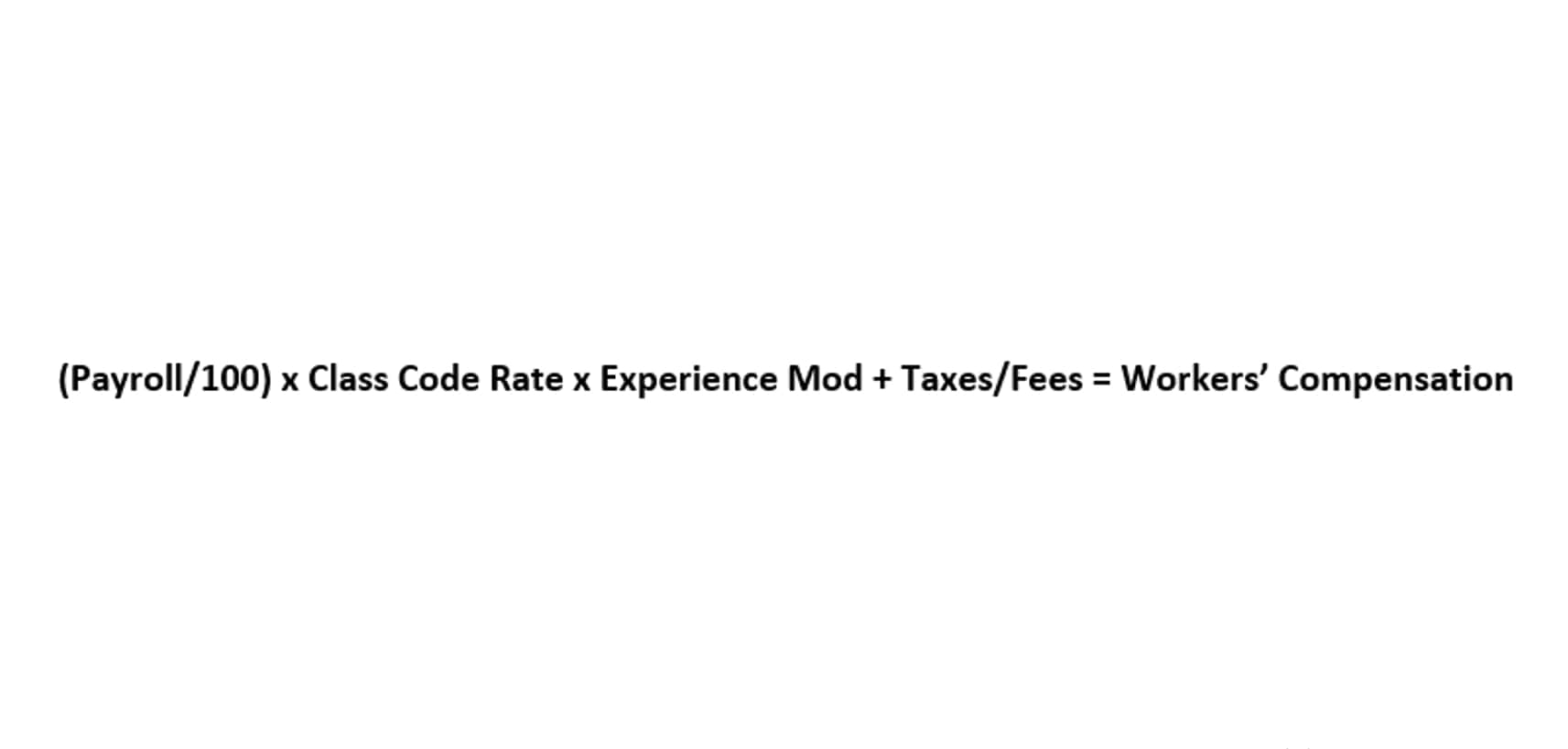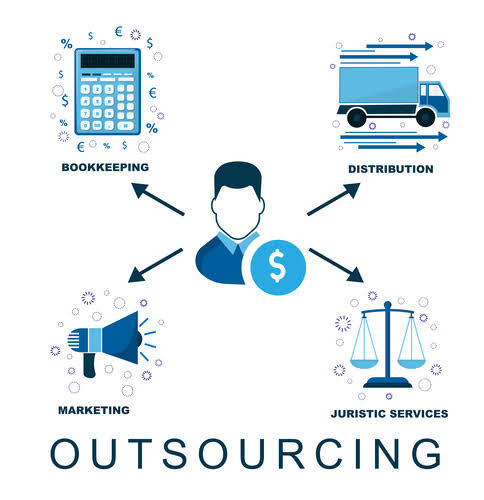
The goods may prove to be defective or below normal quality standards (subnormal). The market value of the https://www.instagram.com/bookstime_inc goods may simply decline due to economic factors. Among the potential adjustments are decline in value of the goods (i.e., lower market value than cost), obsolescence, damage, etc. Cost of goods sold (COGS) is the carrying value of goods sold during a particular period.

Calculating COGS using a Periodic Inventory System

If certain dishes have a high COGS but aren’t selling well, consider removing them from the menu or adjusting the recipe to make them more cost-effective. You can also experiment with seasonal menus that take advantage of ingredients when they’re in peak season and more affordable. Effective inventory management is key to keeping your COGS in check. Regularly take inventory and compare it against sales to identify discrepancies. Use inventory management software to gain better visibility and control over what you have in stock.
- So if you sold 400 pairs, the first 200 cost $5 each, and the next 200 cost $10 each.
- Therefore, a business needs to determine the value of its inventory at the beginning and end of every tax year.
- But of course, there are exceptions, since COGS varies depending on a company’s particular business model.
- This is especially important if you are using a lot of raw materials in your production process.
- It does not include indirect expenses, such as sales force costs and distribution costs.
- Use inventory management software to gain better visibility and control over what you have in stock.
Are Salaries Included in COGS?
- You should record the cost of goods sold as a debit in your accounting journal.
- Cost of Goods Sold, or COGS, refers to the total cost of the ingredients and products used to create the food and beverages you sell to your customers.
- What matters most is that your definition of COS is consistent.
- She buys and uses 10 of parts and supplies, and it takes 6 hours at 2 per hour to make the improvements to each machine.
- Any additional productions or purchases made by a manufacturing or retail company are added to the beginning inventory.
- Changing the country may affect factors including, default language, fees, shipping options, program availability, and selling categories.
Poor assessment of your COGS can impact how much tax you’ll pay or overpay. It can also impact your borrowing ability when you are ready to scale up your business. As you can see, calculating your COGS correctly is critical to running your business. Therefore, a business needs to determine the value of its inventory at the beginning and end of every tax year.
- The cost of goods available for sale or inventory at the end of the second quarter will be 220 remaining candles still in inventory multiplied by $8.65, which results in $1,903.
- There are three primary inventory valuation methods to choose from.
- Cost of goods sold includes any direct costs that a business incurs in the manufacture, purchase and sale or resale of products.
- Cost of goods sold (COGS) represent the total costs in making or purchasing a product.
- As you can see, calculating your COGS correctly is critical to running your business.
- Last in, first out (LIFO) is a method that considers the most recently purchased items in a company’s inventory to have sold first.
What Is Included in COGS?

The formula for calculating cost of goods sold (COGS) is the sum of the beginning inventory balance and purchases in the current period, subtracted by the ending inventory balance. On the income statement, the cost of goods sold (COGS) line item is the first expense following revenue (i.e. the “top line”). However, a physical therapist who keeps an inventory of at-home equipment to resell to patients would likely want to keep track of the cost of goods sold. While they might use those items in the office during appointments, reselling that same equipment for patients to use at home plays a different role in cost calculations.
Average Cost Method
- In our furniture business example, this would include the wages paid to the carpenters, painters, and other staff members involved in bringing your product to life.
- Operating expenses are expenses that are indirectly tied to producing the goods or services.
- The COGS definition state that only inventory sold in the current period should be included.
- If your company can find other suppliers of soap ingredients that you can only spend $4 on ingredients per bath soap, then the COGS will be reduced to $6 per bath soap.
- By subtracting 1 by the gross margin, we can derive the COGS margin.
Both determine how much a company spent to produce their sold goods or services. Want to know if your inventory-based business is turning a profit? Calculating your cost of goods sold tells you how much it costs to create a product—so if you know your COGS, you know what price to sell your goods at to turn a profit. Then your (beginning inventory) + (purchases) – (ending inventory) would result https://www.bookstime.com/articles/what-is-fixed-cost in a negative. The revenue generated by a business minus its COGS is equal to its gross profit. Higher COGS with disproportionate pricing can leave your business in a deficit position if the prices are too low or alienate consumers if the price is too high.
Direct Labour Costs
Operating expenses include utilities, rent, office supplies, sales and marketing, legal costs, insurance, and payroll. Operating expenses are expenses that are indirectly tied to producing the cost of goods sold is goods or services. This method is usually used in high-ticket products or those products that need a closely controlled inventory and track trends of sales.
